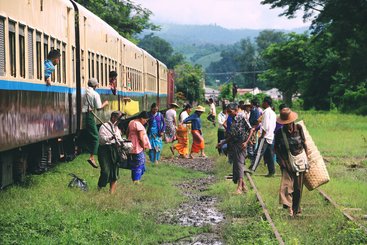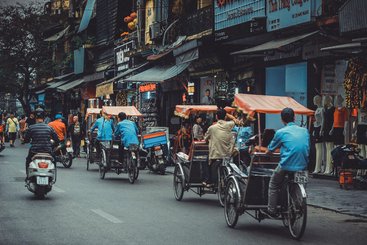Labour migration has played a significant role in the development of Southeast Asia, particularly in Thailand. Thailand’s development model heavily relies on labour migration due to an ageing population, rapid economic growth, and the demand for low-skilled workers in key sectors. Consequently, the influx of labour migrants into the country, especially from Cambodia, Lao People’s Democratic Republic, and Myanmar, has significantly increased over the past two decades. While this migration brings many positive outcomes, labour migrants are exposed to risks of trafficking in persons and labour exploitation.
This paper assesses the key political economy factors that sustain practices of trafficking and exploitation, and propose strategies to counter these issues in destination countries. By addressing the vulnerabilities faced by labour migrants and implementing these recommendations, Thailand and other destination countries can take significant steps towards improving the protection of the rights and well-being of labour migrants, and addressing the power imbalances that sustain situations of abuse and exploitation.




